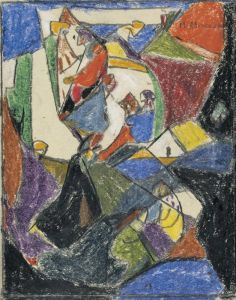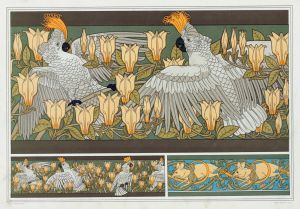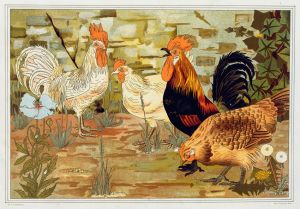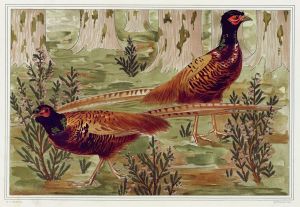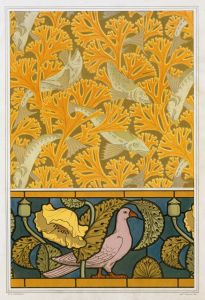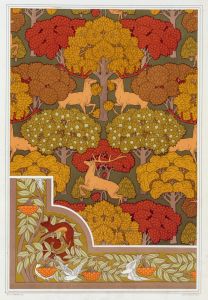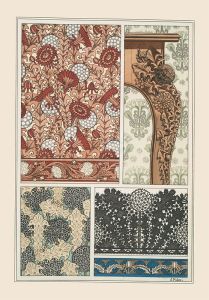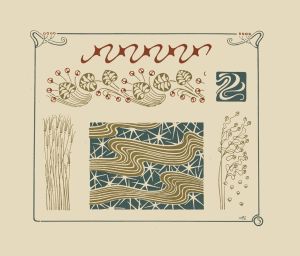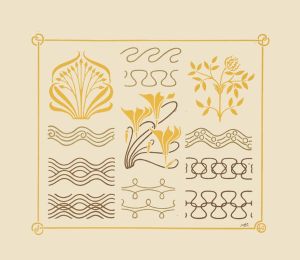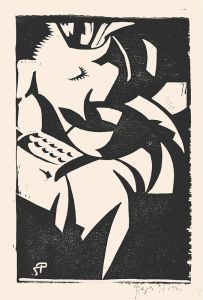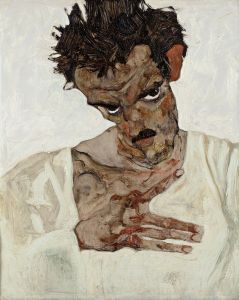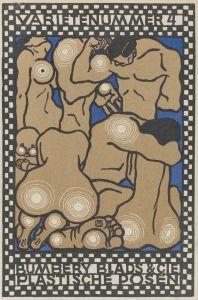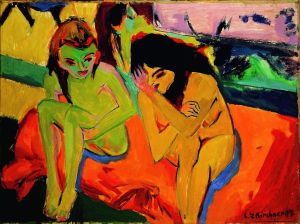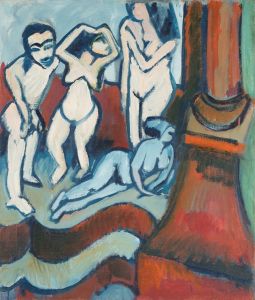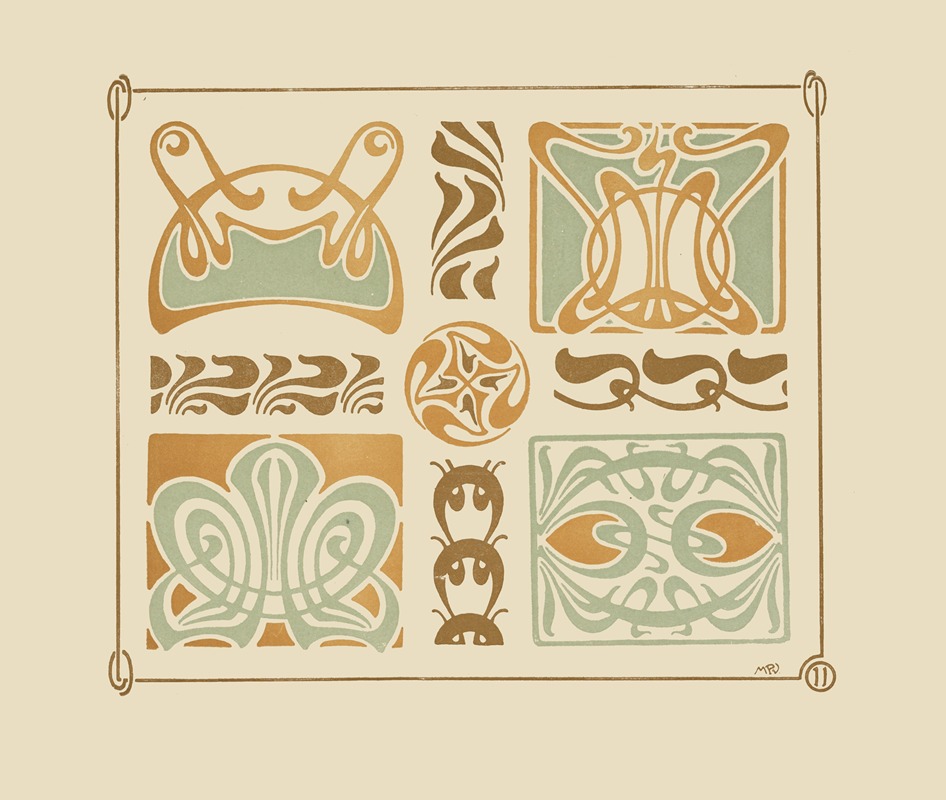
Abstract design based on curvilinear shapes
A hand-painted replica of Maurice Pillard Verneuil’s masterpiece Abstract design based on curvilinear shapes, meticulously crafted by professional artists to capture the true essence of the original. Each piece is created with museum-quality canvas and rare mineral pigments, carefully painted by experienced artists with delicate brushstrokes and rich, layered colors to perfectly recreate the texture of the original artwork. Unlike machine-printed reproductions, this hand-painted version brings the painting to life, infused with the artist’s emotions and skill in every stroke. Whether for personal collection or home decoration, it instantly elevates the artistic atmosphere of any space.
Maurice Pillard Verneuil (1869–1942) was a French artist and designer known for his contributions to the Art Nouveau movement. He specialized in decorative arts, creating designs for wallpapers, textiles, ceramics, and illustrations. Verneuil's work often featured natural motifs, such as plants, animals, and marine life, rendered in stylized and ornamental forms. His designs were characterized by their use of flowing, curvilinear shapes and intricate patterns, hallmarks of the Art Nouveau aesthetic.
The artwork titled Abstract design based on curvilinear shapes exemplifies Verneuil's mastery of organic forms and his ability to translate them into decorative compositions. The piece showcases a harmonious interplay of curves and lines, creating a sense of rhythm and movement. While specific details about the creation date or context of this particular work are not readily available, it aligns with Verneuil's broader body of work, which often explored abstracted natural forms and emphasized the decorative potential of line and shape.
Verneuil was heavily influenced by Japanese art, particularly ukiyo-e prints, which were widely admired in Europe during the late 19th and early 20th centuries. This influence is evident in his use of asymmetry, bold outlines, and flat areas of color. Additionally, his designs reflect the Art Nouveau movement's fascination with nature and its rejection of rigid, geometric forms in favor of more fluid and organic aesthetics.
Throughout his career, Verneuil collaborated with other prominent artists and designers, including Eugène Grasset, a key figure in the Art Nouveau movement. He also authored several books on decorative arts, such as L'animal dans la décoration (1897), which highlighted the use of animal motifs in design, and La plante et ses applications ornementales (1896), which focused on plant-based ornamentation. These publications not only showcased his own work but also served as influential resources for other artists and designers of the time.
While Abstract design based on curvilinear shapes may not be as widely recognized as some of Verneuil's other works, it remains a testament to his skill in creating visually engaging and innovative designs. His contributions to the decorative arts continue to be celebrated for their artistic and historical significance, particularly within the context of the Art Nouveau movement.





